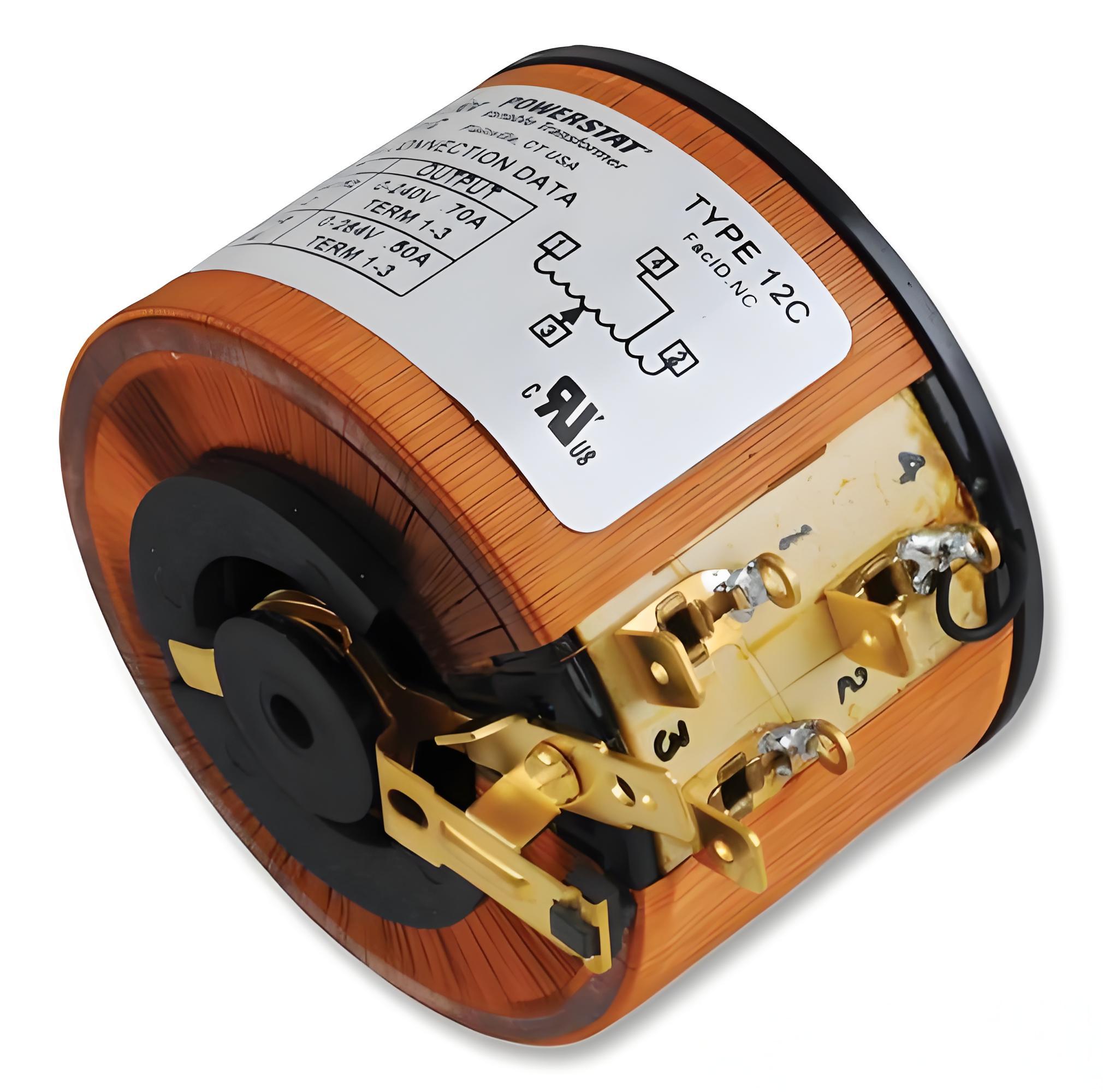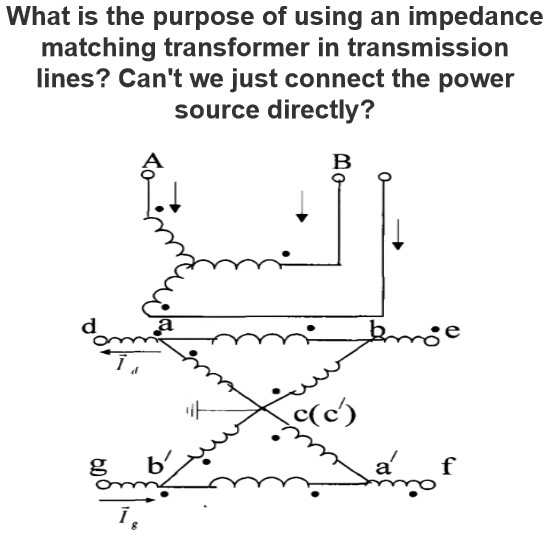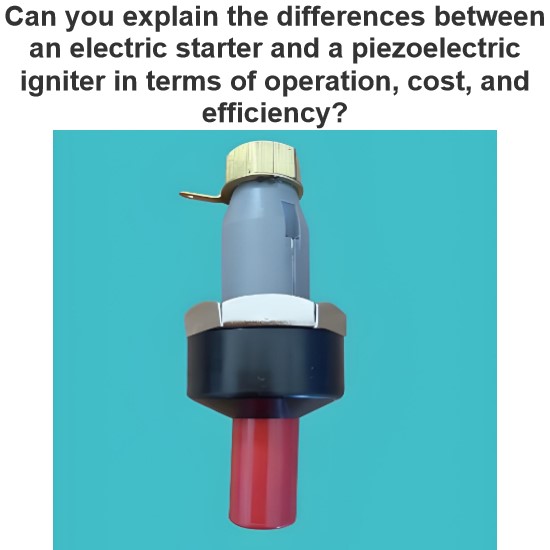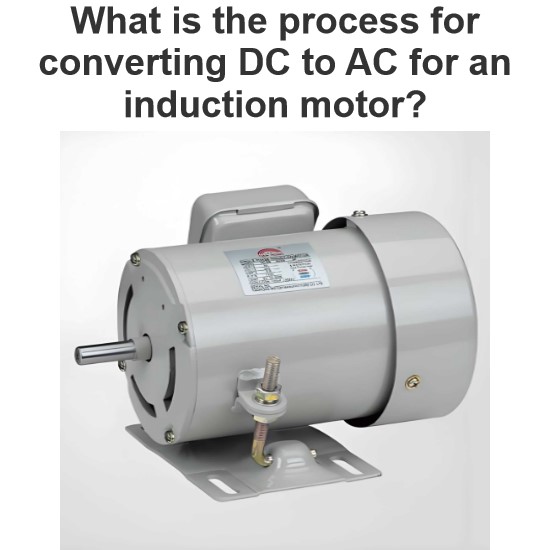What are the benefits of using fixed and variable voltage regulators?
The benefits of using fixed and variable voltage regulators are as follows:
I. Benefits of fixed voltage regulators
Stable output voltage
Fixed voltage regulators can provide a constant output voltage, unaffected by input voltage fluctuations and load changes. This is crucial for electronic devices that require a stable power supply. For example, microprocessors, digital circuits, and analog circuits have high requirements for power supply voltage stability. Fixed voltage regulators can ensure that they operate under a stable voltage, avoiding performance degradation, failures, or damage caused by voltage fluctuations.
For example, a 5V fixed voltage regulator can always maintain an output voltage of 5V regardless of how the input voltage changes within a certain range, providing a reliable power source for connected electronic devices.
Simplified circuit design
Since the output voltage of a fixed voltage regulator is fixed, it is easier to determine the parameters and layout of the power supply part in circuit design. Designers do not need to consider complex voltage regulation mechanisms. They only need to select the appropriate fixed voltage regulator according to the needs of the device and connect it correctly to the circuit. This can greatly simplify the circuit design process and reduce design time and cost.
For example, when designing a simple electronic clock circuit, using a fixed 3.3V voltage regulator can directly provide a stable power supply for the clock chip and other related components without the need for additional voltage regulation circuits.
High reliability
Fixed voltage regulators usually have high reliability and stability. They are designed and tested strictly and can provide reliable voltage output under various working conditions. The internal structure of fixed voltage regulators is relatively simple, without complex regulation mechanisms, so the failure rate is low.
In addition, fixed voltage regulators usually have functions such as overheat protection, overcurrent protection, and short-circuit protection. They can automatically cut off the output in abnormal situations to protect the connected electronic devices from damage.

II. Benefits of variable voltage regulators
Flexible adjustment of output voltage
Variable voltage regulators can flexibly adjust the output voltage according to actual needs. This is very useful for electronic devices that require different voltages or applications that need to adjust the voltage under different working conditions. For example, in some experimental circuits, the power supply voltage may need to be adjusted according to different experimental conditions; in some adjustable brightness LED lighting systems, the brightness of LEDs needs to be controlled by adjusting the voltage.
Variable voltage regulators usually have an adjustment knob or potentiometer that can be used to change the output voltage by manual adjustment. Some advanced variable voltage regulators can also be remotely adjusted by digital control or external signals to achieve more precise voltage control.
Adapt to different load requirements
Different electronic devices may have different power load requirements under different working states. Variable voltage regulators can adjust the output voltage according to load changes to ensure that electronic devices can operate normally under various load conditions. For example, when the load current increases, the variable voltage regulator can automatically increase the output voltage to compensate for line voltage drops and maintain a stable voltage across the load.
In addition, variable voltage regulators can also optimize the performance and efficiency of electronic devices by adjusting the output voltage. For example, in some power amplifiers, adjusting the power supply voltage can control the output power and distortion degree to achieve better audio performance.
Convenient for debugging and optimizing circuits
During circuit design and debugging, variable voltage regulators can provide great convenience. Designers can adjust the output voltage to observe the working state of electronic devices and find the best working voltage and performance parameters. This is very helpful for optimizing circuit performance, solving circuit problems, and improving design quality.
For example, when designing an analog amplifier circuit, a variable voltage regulator can be used to adjust the power supply voltage and observe changes in parameters such as the gain, bandwidth, and distortion degree of the amplifier to determine the best working voltage and circuit parameters.

The Electricity Encyclopedia is dedicated to accelerating the dissemination and application of electricity knowledge and adding impetus to the development and innovation of the electricity industry.




